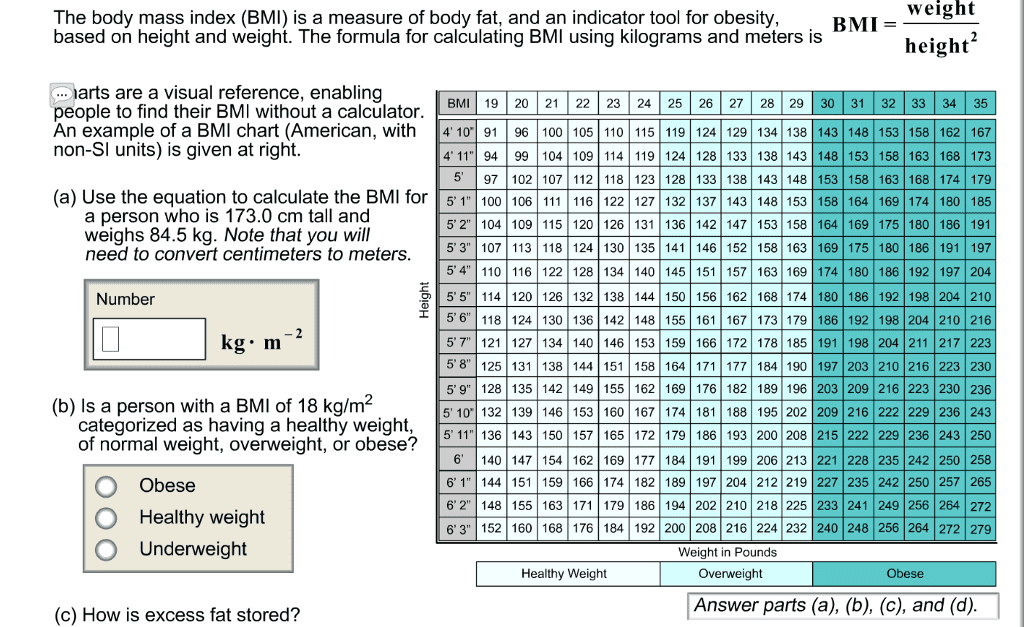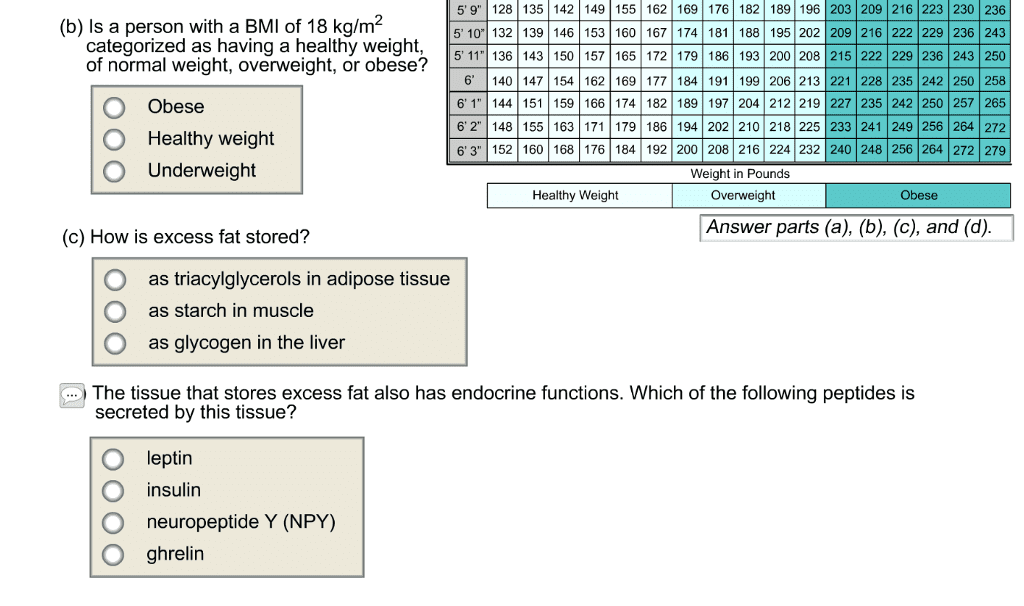NTR 306 Chapter Notes - Chapter 8: Lean Body Mass, Abdominal Obesity, Insulin Resistance
Document Summary
Obesity body mass index (bmi) of 30 or higher. Body mass index (bmi) a measure of an adult"s weight in relation to his or her height. Useful weight screening tool for most people: underweight, healthy weight, overweight, obese. Waist circumference: quick indicator abdominal fat and health risk, large waist size is associated with increased health risk even if bmi is normal. Body composition (% body fat: ratio of fat tissue to lean body mass (muscle, bone and organs0, usually expressed as percent body fat. Important for measuring health risks associated with too much body fat. Storing excess fat around the waist vs. the hips and thighs increases risk of: heart disease, diabetes, hypertension (apple vs. pear) Central obesity (android obesity) storing too much visceral fat in the abdomen: visceral fat releases fatty acids. Gynoid obesity from excess fat around the thighs and buttocks.



